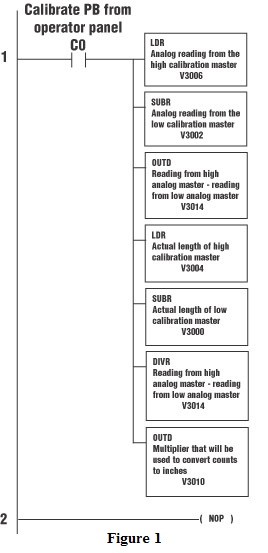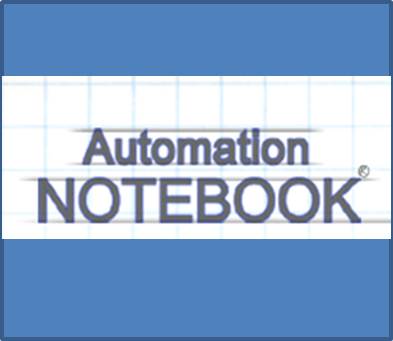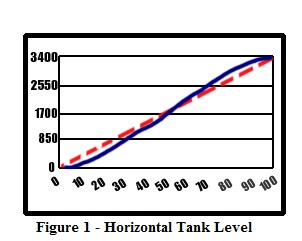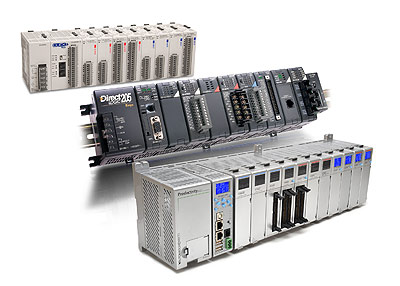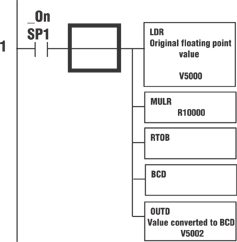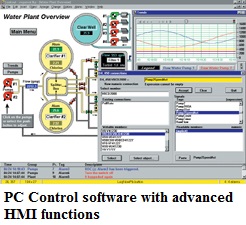+Tech TopicsAutomation NotebookFYIIssue 2 – 2004Learning ResourcesNotebook IssueProductProgrammable Control
Implementing a PLC Calibration Routine to Ensure Accurate Instrument Readings
Why Calibrate? Many applications call for a means to take accurate analog measurements. Force, pressure, electrical current, lengths, positions and other analog values that are measured must be done so with a degree of accuracy. Factory and lab personnel use calibration procedures to ensure that equipment is reading accurately. If the readings are not as…


